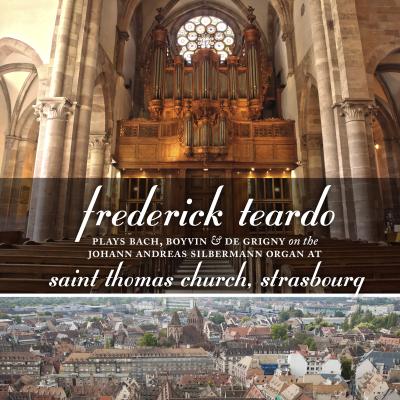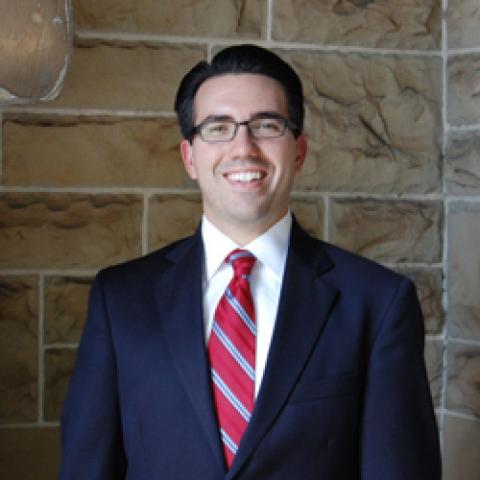
JAV Recordings has released one of the first audiophile high resolution surround sound recordings of a pipe organ (96khz/24bit, Multichannel 5.1) that is also available as an internet download. The recording features Frederick Teardo in his first solo recording playing a historic Johann Andreas Silbermann instrument in Strasbourg, France.
Dr. Frederick Teardo, a 31-year-old rising star in the American organ scene, who has won numerous organ competitions and played concerts across the country, chose to make his first solo recording with JAV Recordings. Teardo holds the Doctor of Musical Arts degree from Yale University and is currently associate organist at Saint Thomas Church Fifth Avenue in New York City. Fittingly, this recording was made in another church named for Saint Thomas— the Thomaskirche in Strasbourg, whose historic Johann Andreas Silbermann pipe organ was built in 1741.
This disc features French-influenced organ music of J.S. Bach, as well as works by the French Baroque composers Nicolas de Grigny and Jacques Boyvin. The character of this instrument reflects both French and German baroque tonal influences, which makes it an exceptional choice for this recording.
JAV Recordings hired noted German sound engineer Christoph Martin Frommen to make this Surround Sound recording, using high bit rate digital converters and seven DPA Brüel & Kjaer microphones. When listening to this recording on a surround sound playback system the results are remarkable. The spatial relationship and ambient environment of this 16th-century Gothic church are faithfully reproduced, as well as the crystal clear sound of the Silbermann pipe organ.
A 24-page booklet with an essay about the music and the organ, a biography of the artist, and numerous photos are part of the package. The recording is available in CD format, iTunes download, high-resolution stereo and Surround Sound. The booklet is available in PDF format with the downloaded file. For full details visit http://www.pipeorgancds.com.
JAV Recordings will be releasing Daniel Roth playing Widor's Symphonies #9 & #10 at Saint-Sulpice in time for Christmas 2012. This recording will be available as a physical CD, an iTunes download and a 5.1 Surround Sound Download.
JAV Recordings entire catalog will be on iTunes soon. Go to iTunes and search on "pipe organ".



